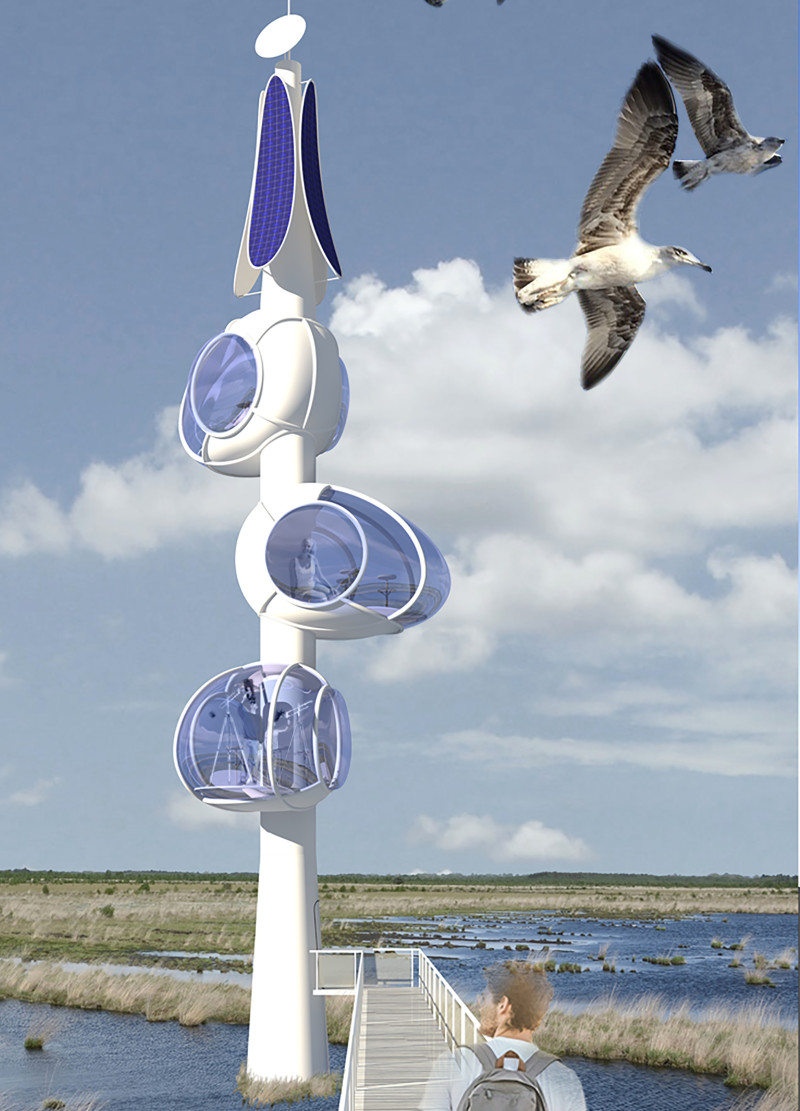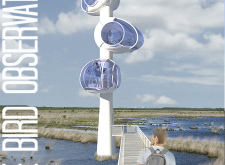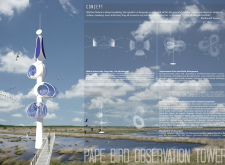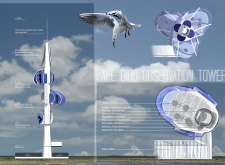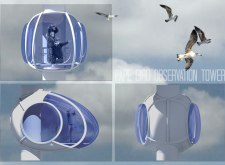5 key facts about this project
The architectural design is characterized by its streamlined silhouette and the use of natural light, which significantly enhances the interior ambiance. Large windows are strategically placed to create a visual connection between the indoor and outdoor environments, fostering a sense of openness and transparency. This approach not only maximizes daylight but also encourages a fluid transition across spaces, thus enriching the user experience.
An important aspect of the project is its materiality. The palette reflects a careful selection of sustainable materials, including locally sourced timber, concrete, and glass. The timber, utilized for its warmth and aesthetic appeal, adds an organic element to the contemporary structure. Concrete is employed for durability and strength, allowing the building to maintain structural integrity while standing resilient against natural elements. Glass, as a predominant feature in the façade, plays a crucial role in creating an inviting atmosphere while facilitating energy efficiency through thermal performance.
Throughout the project, unique design strategies are evident. One notable approach is the incorporation of green roofs and sustainable landscaping measures. These elements are not merely aesthetic; they serve essential ecological functions, promoting biodiversity and enhancing the microclimate of the site. The integration of vegetation on roof surfaces contributes to insulation, reducing reliance on mechanical heating and cooling systems.
The layout of the building exhibits a thoughtful organization of spaces, which aligns with its intended functions. Open-concept areas are complemented by more private zones, catering to various activities and ensuring flexibility in usage. This adaptability reflects contemporary trends in architectural design, where fluidity between different uses is increasingly prioritized.
Moreover, the project pays homage to local cultural references through specific design motifs that offer a sense of place and identity. These thoughtful references resonate with the community, creating a familiar and welcoming atmosphere for users. The use of color, texture, and pattern in materials and finishes reinforces this connection to the locale while maintaining a modern sensibility.
The project also emphasizes inclusivity and accessibility, showcasing features such as ramps and wide pathways that allow all individuals to navigate the space comfortably. This commitment to accessibility ensures that the building can be enjoyed by a diverse range of users, fostering a sense of community and belonging.
As one delves deeper into the architectural plans, sections, and designs, it becomes evident how the synthesis of modern principles with contextual responsiveness creates a dynamic environment. The interplay of light and shadow, the tactile quality of materials, and the overall organization of spaces embody a thoughtful approach to contemporary architecture.
Overall, this project stands as a relevant example of how thoughtful design, rooted in local context and sustainability, can shape inclusive and functional spaces for future generations. Exploring the intricate architectural details further through the presentation of architectural plans, sections, and designs will provide valuable insights into the evolving considerations in modern architecture.


